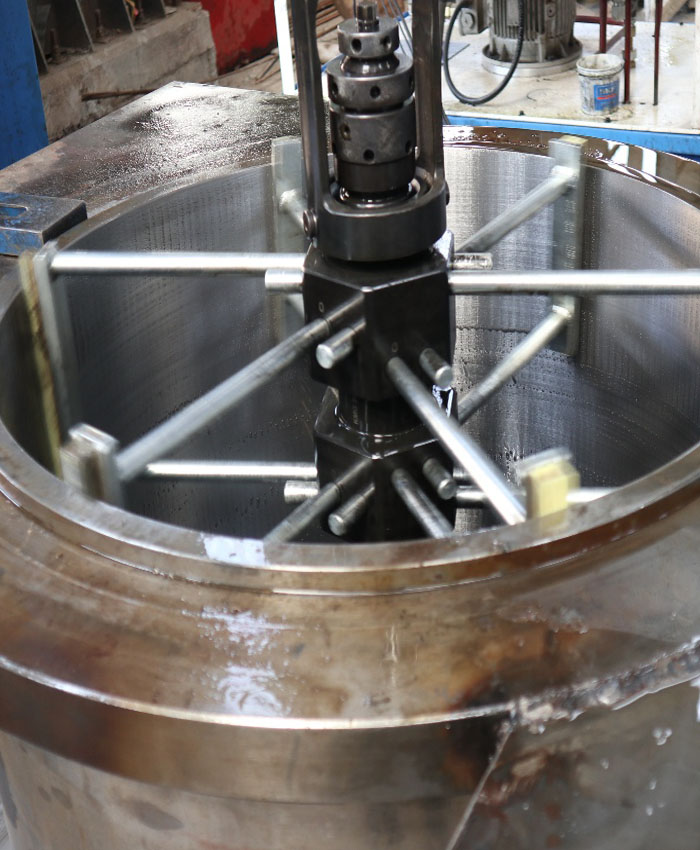Vertical Honing
Honing is an abrasive machining process that produces a precision surface on a metal workpiece by scrubbing an abrasive grinding stone or grinding wheel against it along a controlled path. Honing is primarily used to improve the geometric form of a surface, but can also improve the surface finish.
Since honing is a high-precision process, it is also relatively expensive. Therefore, it is only used in components that demand the highest level of precision. It is typically the last manufacturing operation before the part is shipped to a customer. The dimensional size of the object is established by preceding operations, the last of which is usually grinding. Then the part is honed to improve a form characteristic such as roundness, flatness, cylindricity, or sphericity.
The honing process provides the final sizing and creates the desired finish pattern on the interior of tubing or cylinder bores. Finishing is accomplished by expanding abrasive stones of suitable grit and grade against the work surface. The stones are rotated and reciprocated in the part with hone abrasive under controlled pressure. Combining rotation and reciprocation produces a cross-hatch pattern in the surface of the part being honed.
A "cross-hatch" pattern is used to retain oil or grease to ensure proper lubrication and ring seal of pistons in cylinders. A smooth glazed cylinder wall can cause piston ring and cylinder scuffing.
Typical applications are the finishing of barrels for hydraulic cylinders, internal combustion engines, air bearing spindles and gears.
Vertical Honing Machines :
Maximum Honing Capacity upto 1000mm ID x 1500mm OD x 2.5 meter length. (Single Stroke) and 5 meter Length (Double Stroke)


